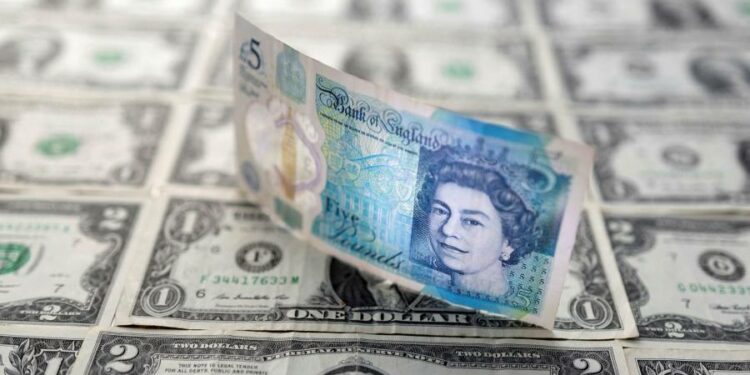Short-term US and German government debt sold off on Friday after the Federal Reserve signalled plans to move aggressively to curb inflation and traders anticipated tighter monetary policy from the European Central Bank.
The two-year US Treasury yield, which tracks interest rate expectations, added 0.08 percentage points to 2.77 per cent, trading at around its highest since December 2018. Bond yields rise as their prices fall.
The yield on the 10-year Treasury note — which underpins borrowing costs worldwide — was steady at 2.93 per cent, also close to its highest since late 2018 following a broad sell-off in sovereign debt on Thursday.
The moves came after Fed chair Jay Powell said a 0.5 percentage point interest rate rise was “on the table” for May in order to battle the highest level of consumer price inflation in 40 years.
The yield on the two-year German bond, which tracks eurozone interest rate expectations, rose 0.11 percentage points to 0.29 per cent — its highest since September 2013. The 10-year Bund yield rose 0.04 percentage points to 0.97 per cent, continuing a significant ascent from near zero in early March.
“Other central banks tend to follow the Fed, so it’s not surprising [Europe] is following, with a bit of a lag,” said Salman Baig, portfolio manager at Unigestion. Central bankers’ communications, he added, were now designed to “encourage people to save for tomorrow instead of spending today and to dampen demand”.
Speaking at the IMF panel alongside Powell, ECB president Christine Lagarde on Thursday suggested the central bank would be less aggressive than the Fed in acting to curb inflation, suggesting it “needs to be addressed in a sequential, flexible, gradual way”.
Markets are now pricing in a fed funds rate — the central bank’s main interest rate — of almost 2.8 per cent by the end of the year, up from between 0.25 per cent and 0.5 per cent at present. The ECB is tipped to lift its main deposit rate above zero by October.
In equity markets, Wall Street’s benchmark S&P 500 share index lost 0.5 per cent in early trading, after closing down 1.5 per cent on Thursday. The technology-heavy Nasdaq Composite dropped 0.3 per cent.
Europe’s regional Stoxx 600 share index fell 1.6 per cent as the spectre of higher borrowing costs weighed on companies’ earnings prospects, taking the gauge’s loss for the year to date to almost 7 per cent. Germany’s Xetra Dax lost 1.5 per cent and the FTSE 100 in London fell 0.8 per cent.
In currencies, sterling dropped 1.3 per cent against the dollar to $1.286 — its weakest since late 2020 — after official data showed UK retail sales declined rapidly in March as high inflation exacerbated the cost of living crisis. The fall also came after the Financial Times reported that the UK government was preparing legislation that would enable it to tear up the Northern Ireland protocol, putting the post-Brexit EU trade deal at risk.
“It’s a perfect storm for sterling,” said Nicola Morgan-Brownsell, multi-asset fund manager at Legal & General Investment Management. “A large amount [of the fall] is those weak retail sales numbers but also Brexit risk has returned to the headlines.”
In Asia, China’s CSI 300 share index added 0.4 per cent after the nation’s securities regulator urged domestic banks and insurers to support the stock market. Japan’s Topix fell 1.2 per cent.
Brent crude, the oil benchmark, fell 0.9 per cent to just over $107 a barrel.











